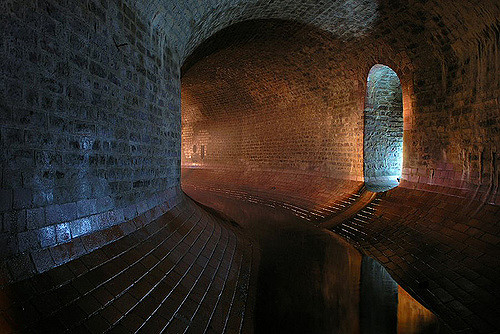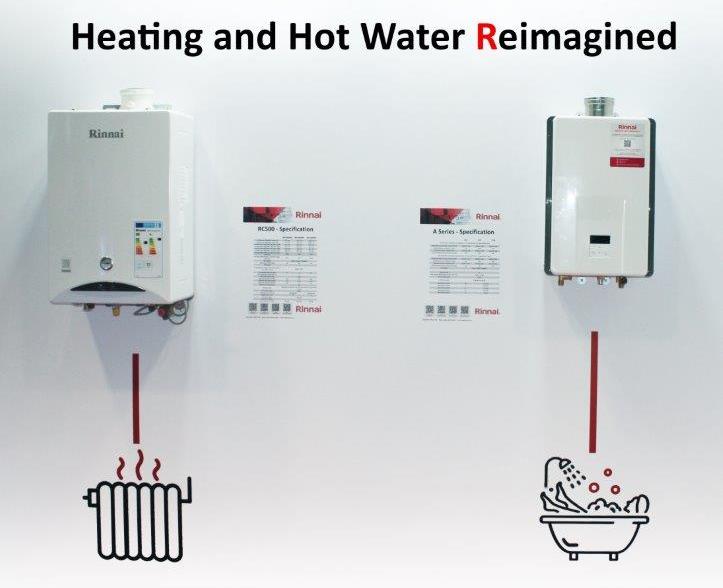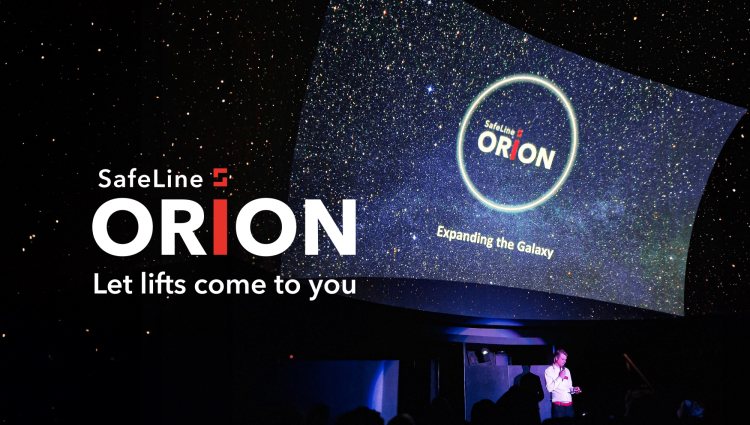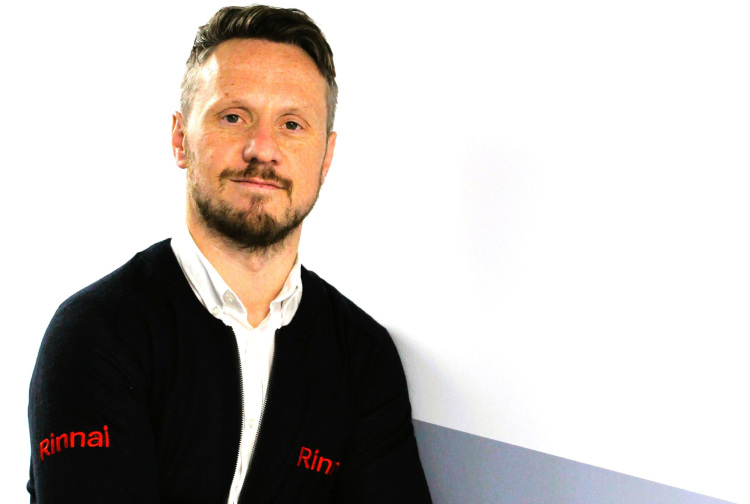Where There's Muck, There's...Energy

09 June 2017 | Updated 01 January 1970
Following the recent announcement by (at time of publishing) Scottish First Minister Nicola Sturgeon at this year’s All Energy Event in Glasgow, SHARC Energy Systems has confirmed they have been awarded grant support to facilitate the installation of waste water heat recovery systems at five locations across Scotland.
SHARC’s technology allows sewers to be used to generate renewable heat – producing vital savings in energy, costs and carbon emissions. They will be used as the cornerstone technology to demonstrate how the solution can be deployed across a wide range of geographies to support both urban and rural customers, as well as a platform for wide scale low carbon district heating.
Funding from the Low Carbon Infrastructure Transition Programme (LCITP) – managed through the Scottish Government – has been granted to enable the development of five new projects that will play a role in transforming heating systems at various commercial and local authority sites.
Under the plans, SHARC’s heat from waste water technology is earmarked to heat Kelvingrove Museum in Glasgow, a leisure centre and public library in Campeltown, a leisure centre in Orkney and a new district heating scheme at the Clyde Gateway regeneration project in Glasgow.
The LCITP funding is being matched by commercial finance that will facilitate the required capital investment to establish local energy centres that will generate their income from sales of heat to the customers involved.
Scottish Water Horizons and SHARC Energy Systems have been collaborating over the last three years to promote the adoption of sewage heat recovery in Scotland and last year announced their intentions to form a strategic alliance. Both parties see the LCITP announcement as playing a key role in building on their work to use Scotland’s water resources to help generate renewable energy.
Already deployed in North America and Europe, the SHARC technology works by using a heat pump to amplify the warmth of waste water in sewers – such as from showers, dishwashers and washing machines.
Paul Kerr, recently appointed Head of Scottish Water Horizons, said: “Beneath our streets there is an alternative energy source that so far has been ignored. The potential benefits of this technology in developing ways to reduce energy costs, cut carbon emissions and protect the environment for businesses and public organisations cannot be understated.
“With 32,000 miles of sewers pipes across Scotland and Scottish Water treating more than 900 million litres of waste water every year, the opportunities presented from this technology are clear to see.
“Using the sewer network to transfer heat means that the heat source can be used to supply heat to the customer as close as possible to the customer’s premises. This minimises the cost and disruption of installing new heat pipes in the street."
Landfill gas group launched by REA
In response to demand from its members, the Renewable Energy Association (REA) has set up a group to cater for the landfill gas sector.
Whilst landfill gas is a declining renewable resource, it still generates enough electricity to meet the annual needs of over 1 million households - more than enough for a city the size of Glasgow.
Landfill gas is produced naturally during the process of waste decomposing within the body of a landfill site. Using it for green electricity generation turns what could otherwise be an environmental problem, into an asset.
Landfill gas is one of the cheapest forms of renewable power generation - it is baseload generation and it is located close to centres of demand, which reduces transmission and distribution losses on the electricity network.
The group has elected Ian Morrish of Viridor as its chair and Chris Parry of Biffa as Vice-Chair.
Landfill gas utilisation took off in the early 1990s and was the fastest growing renewable energy technology at the time. The Government’s early renewable energy policy focused the waste management industry’s attention on collecting and using gas from landfill sites. This resulted in a dramatic improvement in gas collection rates. This benefitted the environment, as the methane in landfill gas is a powerful greenhouse gas, and it also reduced odour problems.
Improvements in national food and organic waste recycling rates since the 1990’s has meant less organic matter has been landfilled and the gas yield is slowly declining. However it is still important to maximise the utilisation of landfill gas and diversify the sites where possible for generating other forms of renewable energy. The industry therefore seeks a favourable policy environment. The UK’s knowledge and expertise in landfill gas project development and operation can also be used abroad.
Ian Morrish, MD of Landfill Energy at Viridor said: “I welcome the opportunity to lead a group with such a vast amount of knowledge and experience. We want to keep the landfill gas power generation industry at the forefront of the renewables agenda with regulators, legislators and policy makers alike."
Picture: Kelvingrove Museum in Glasgow, two leisure centres and a public library and the Clyde Gateway project could all be getting a new source of heating - recovered from local sewers
Article written by Robin Snow | Published 09 June 2017

.png)

.gif)

.gif)
.gif)


.png)

.png)
.jpg)





.jpg)



